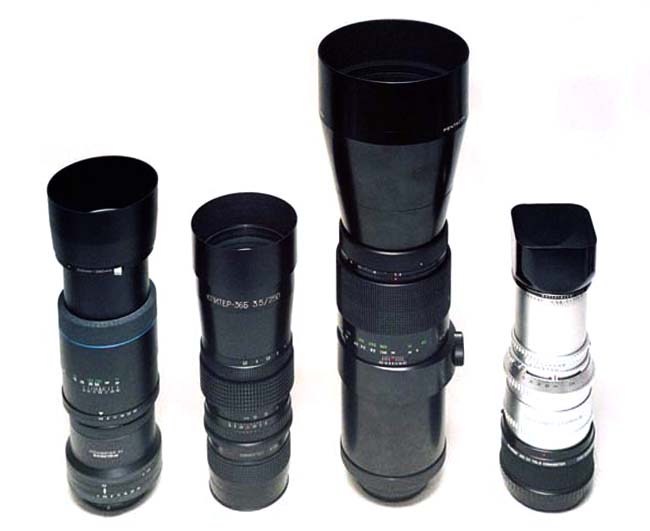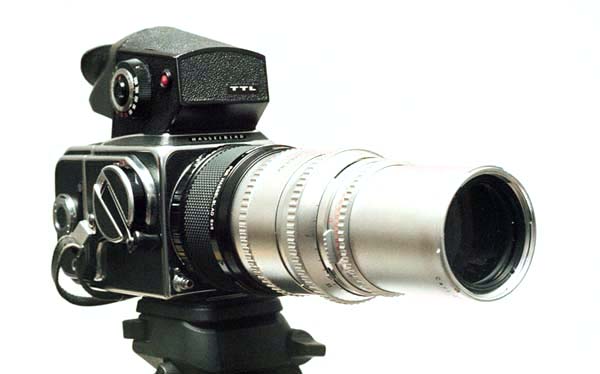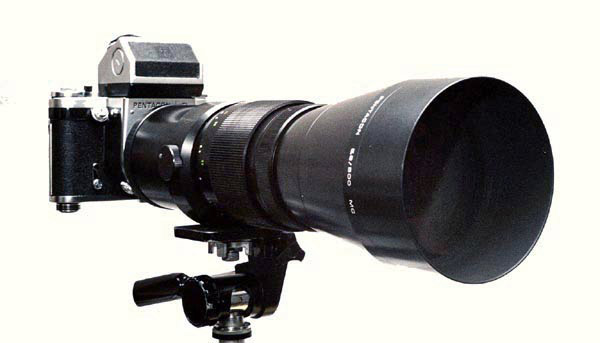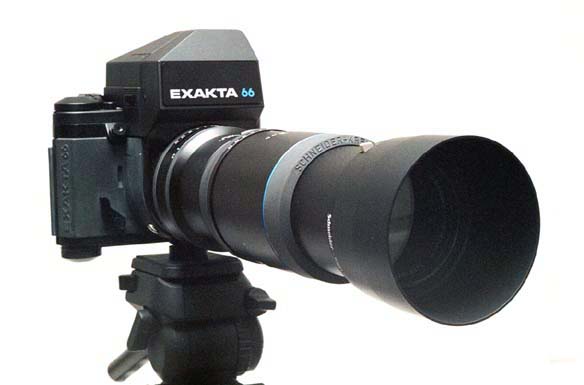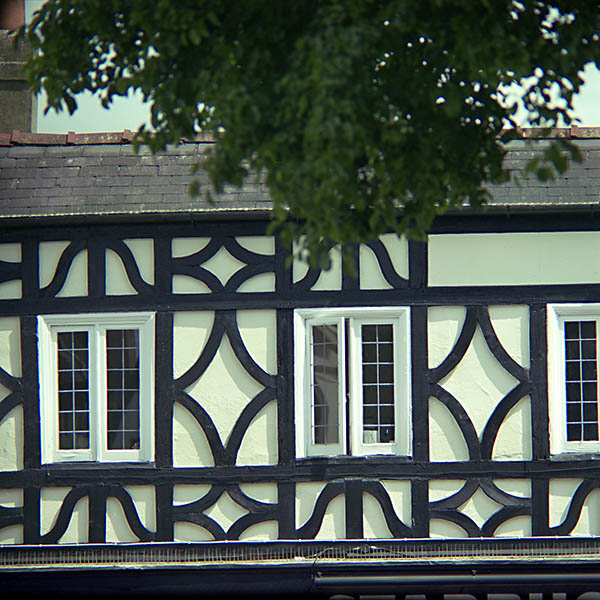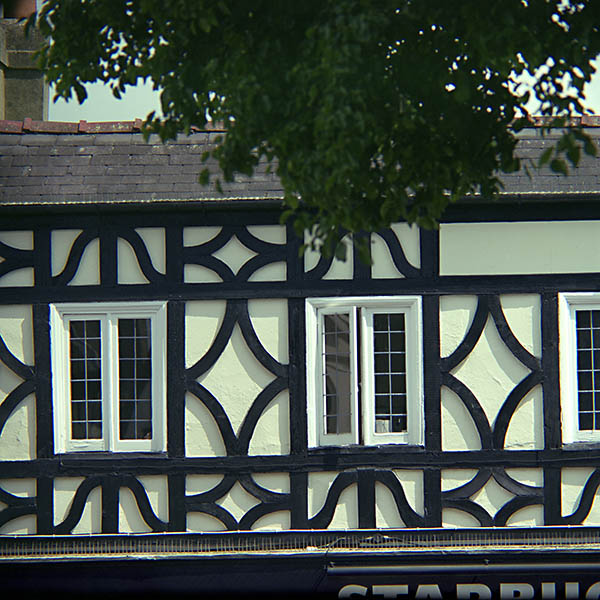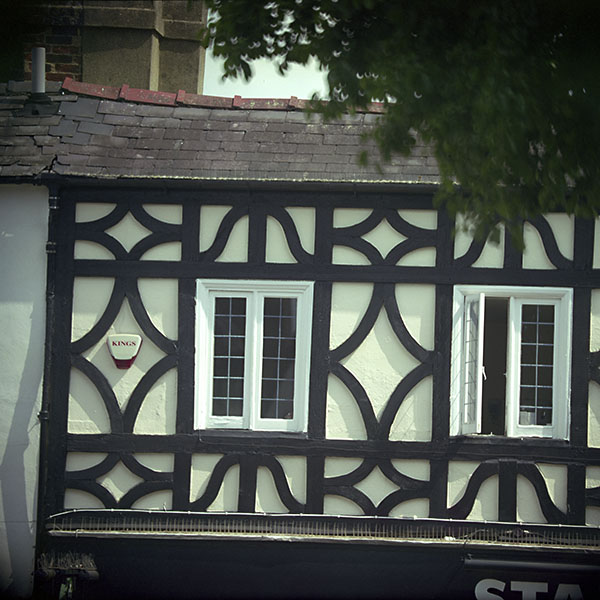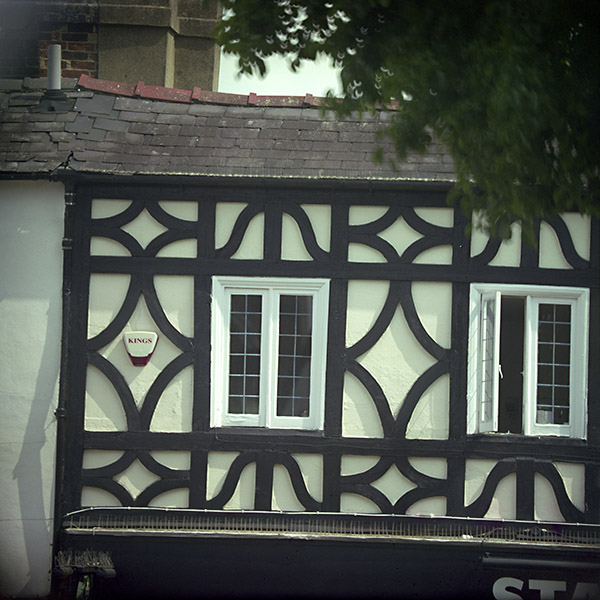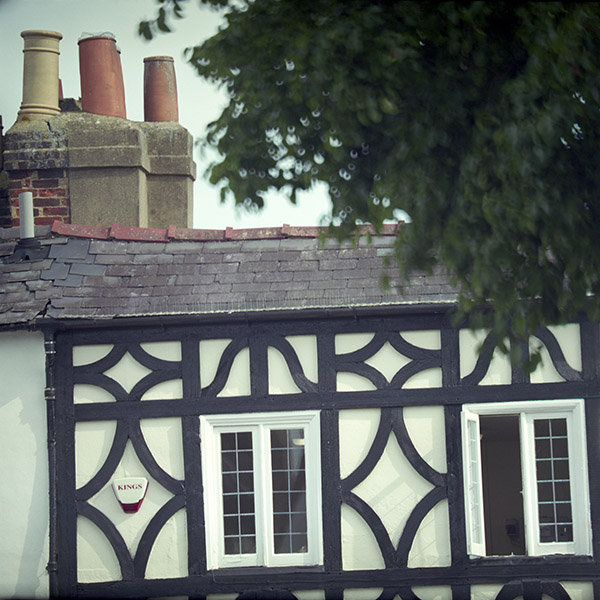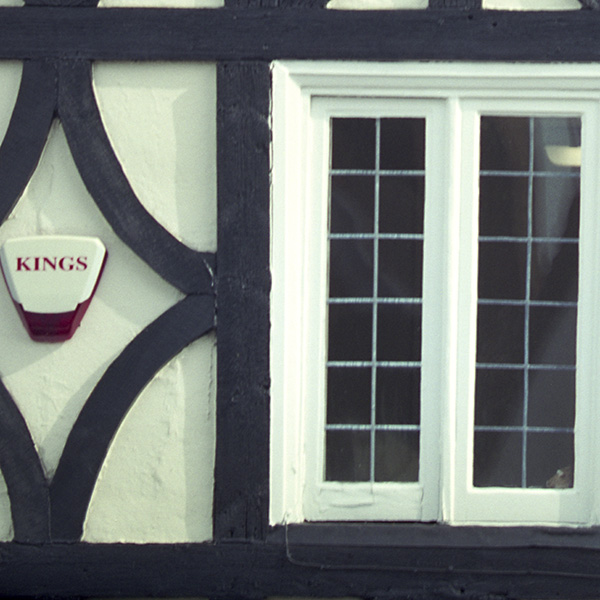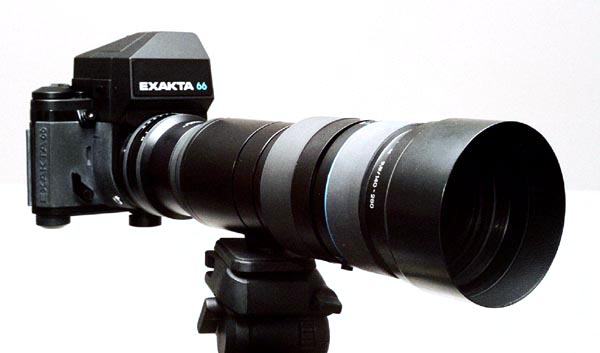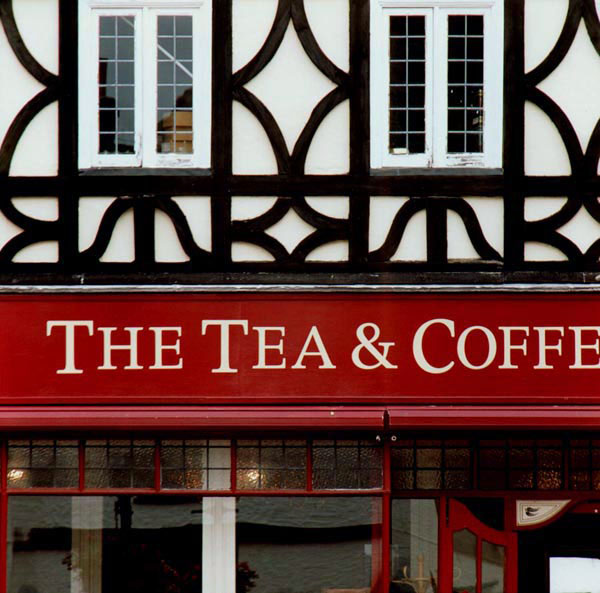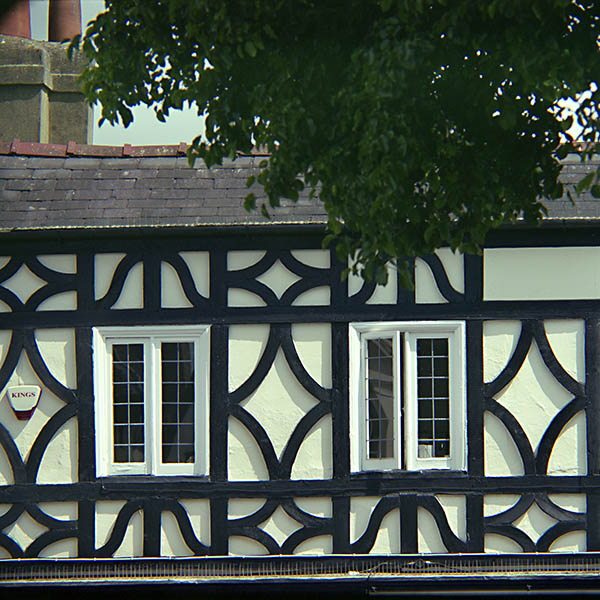
Three stops down: f/16 (1/125 sec)
This is a slow speed for a lens of this focal length,
which is why I used a tripod. The lens also stops
down all the way to f/32, but I decided that in most
circumstances users were unlikely to stop down the lens
that far.
[Nov_500_f16.jpg (C561-14-15)] |
As with the 240mm Noflexar,
we note a small amount of vignetting, which in these
images is more obvious in the top left-hand corner.
The vignetting appears to become sharper, but not larger,
as the lens is stopped down. There is also a small
amount of vignetting across the full width of the bottom
of the image. Perhaps I have simply scanned too
large an area, remembering that, according to no lesser an
authority than Hasselblad, the usable dimensions of a
“6×6” image are in fact 54mm × 54mm.
We have seen elsewhere (here,
scroll down) that the maximum aperture of this lens was in
fact subsequently calculated to be f/6.3. Perhaps
this is partly why the same shutter speed gave an exposure
well within the lattitude of the film for both the maximum
aperture and for f8. In fact, as I re-metered, I
found that 1/250 sec was the closest speed for the f/11
shot, too.
To the right we see a greatly-enlarged detail from near
the left-hand edge of the image shot at maximum
aperture. The results are excellent, and definitely
justify the manufacturer’s claim that this lens can be
confidently used at maximum aperture. Even with the
relatively slow-speed film used here, the midsummer
British sunshine permitted a shutter speed of 1/250 second
at maximum aperture. With careful shooting technique
and the remarkable Novoflex rifle-stock mount and pistol
grip, it should be possible to obtain sharp images when
the camera is hand-held, even at this speed. (The
normal hand-held minimum speed for a 500mm lens is
generally considered to be 1/500 sec.)
At the massive degree of enlargement shown here on the
right, we can see some chromatic aberrations (colour
fringeing). However, at normal degrees of
enlargement, this is not likely to be visible at normal
viewing distances.
|
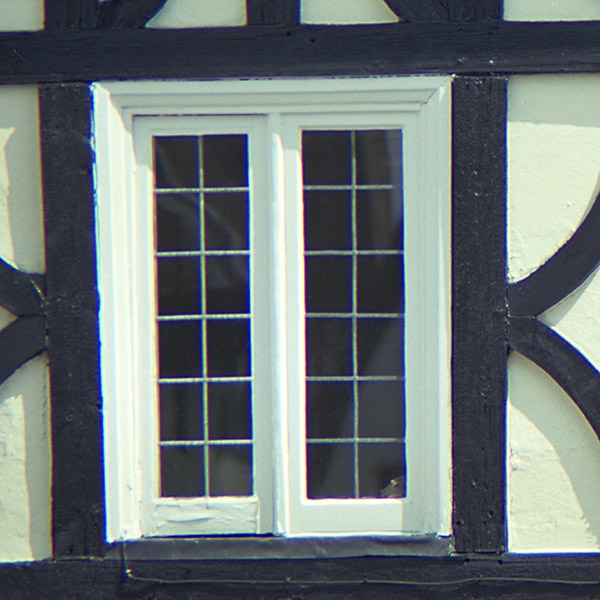
Detail at maximum aperture, f/5.6
[Nov_500_f5pt6L.jpg (C561-9, cropped)]
|
